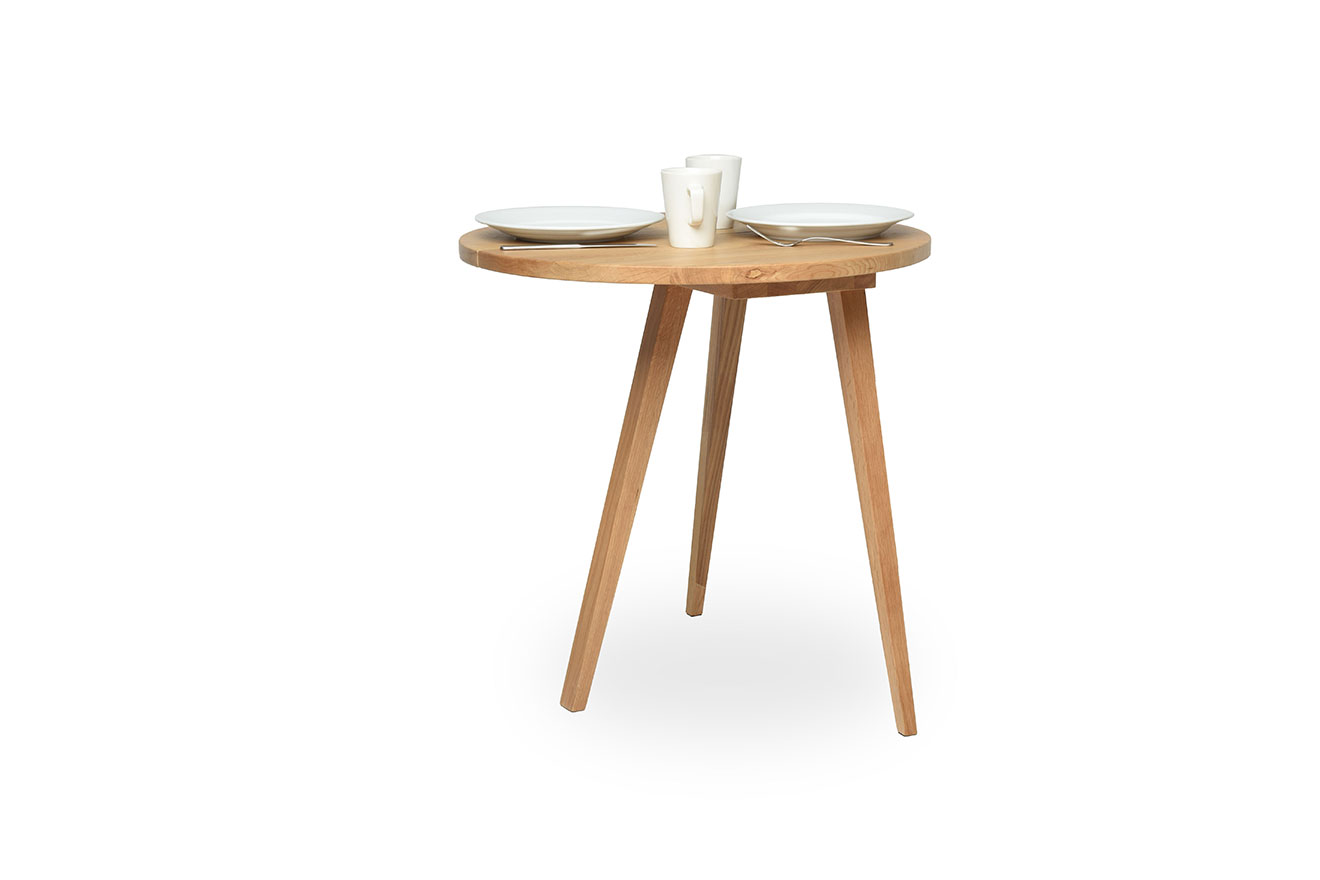

It should not be used to lift loads difficult to balance or loosely bundled.

#Tableflip and sling full
It does not provide full 360º contact with the load. The single choker hitch forms a noose in the rope. This arrangement is used for handling loose material, pipes, rods, or a smooth cylindrical load because the sling is in full 360º contact with the load and tends to draw it together. The double wrap basket hitch can be used in pairs like the double basket hitch. The double wrap basket hitch is a basket hitch wrapped completely around the load and compressing it rather than merely supporting it, as done by the ordinary basket hitch. Otherwise use a double wrap basket hitch. On smooth surfaces, both sides of the hitch should be snubbed against a change of contour to prevent the sling from slipping as load is applied. The angle between the load and the sling should be approximately 60º or greater to avoid slippage. The lags of the hitches must be kept far enough apart to provide balance but not so far apart that low angles are created and the legs pull in towards the centre. They must be placed under the load so that it is balanced. The double basket hitch consists of two basket hitches passed under the load. One shall ensure that the load does not slide along the sling during lifting. The single basket hitch is used to support a load by attaching one end of the sling to the hook, then passing the other end under the load and attaching it to the hook. in ASTM B30.9 and Wire Rope Users Manual) consider all legs sharing equal loads. If a qualified rigger or rigging specialist ensures that the load is evenly distributed, the full use of all the legs is allowed.Īll wire rope sling capacity tables (e.g. In view of this, it is recommended to assume that the load is carried by two legs only and the sling may be rated as two leg sling. Unequal length sling legs may be one reason for this. Because the load may not be distributed evenly, when more than two slings (3 or 4 leg slings) are used, load may be carried by only two legs while other legs are only balancing it. Proper use of a bridle hitch requires that sling angles are carefully measured to ensure that individual legs are not overloaded. Instead of a turnbuckle, come-along of adequate capacity may be also used. In case of non-symmetrical objects (off-center loads), a sling leg may be fitted with a turnbuckle to adjust the length to level it. This configuration provides good load stability when the load is distributed equally among the legs (symmetrical objects), the hook is directly over the load’s center of gravity and the load is raised level. Two or more sling hitches can be used together to form a bridle hitch. A tagline should be attached to prevent rotation which may damage the sling. This hitch provides absolutely no control over the load because it permits rotation. In this configuration the total weight of the load is carried by a single leg, the sling horizontal angle is 90º (angle between horizontal line and sling), and the weight of the load can equal the maximum working load limit of the sling. In single vertical hitch a sling is used to connect a lifting hook or other device to a load.

Detail about various sling configurations using them is as under. Types of HitchesĮvery lift uses 1 of 3 Basic Hitches shown above – Vertical, Choker and Basket. Information on types of hitches and effect of type of hitch, sling angle and D/d ratio on safe working load is given in this article. Safe working load limit of a sling depends on type of hitch, sling angle and D/d ratio. In rigging various types of hitches are used to hold loads.


 0 kommentar(er)
0 kommentar(er)
